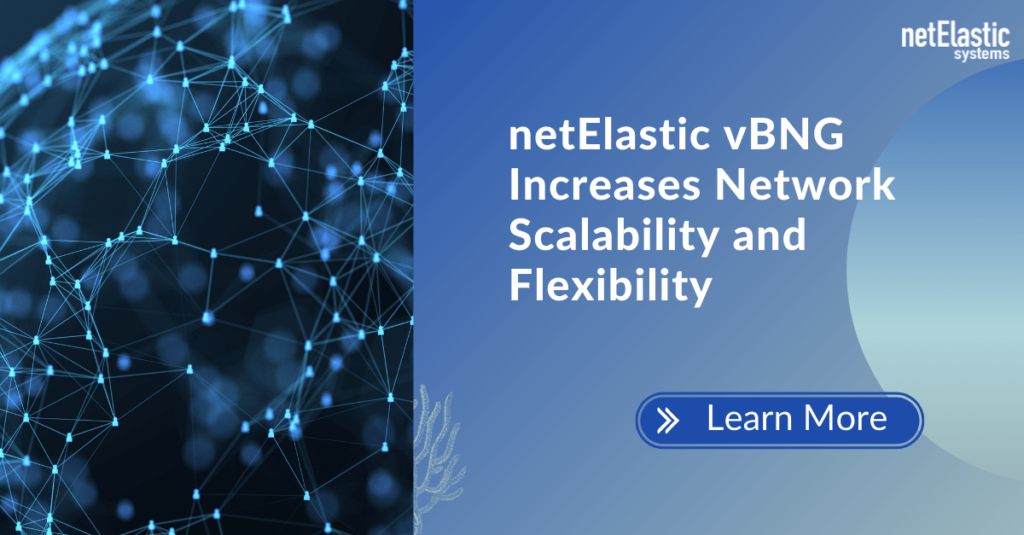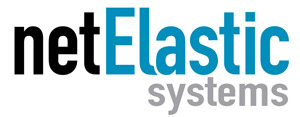The number of “super power users” who consume more than 2 terabytes (TBs) of data per month increased 31% year-over-year in Q1 2022, according to a new OpenVault Broadband Insights report.
In addition, the number of “power users” consuming 1 TB or more rose 18%. And the growth isn’t limited to only super power users and power users. For example, in 2017 less than 10% of subscribers consumed between 500 GB and 1 TB of data per month. Today it’s close to 25% of subscribers.
Frontier Communications, which started their fiber buildout a little over a year ago, provides a real world example. At a recent investor conference, Frontier CFO Scott Beasley said the average fiber customer on its network now uses almost a terabyte (TB) of data each month. That figure is up 30% from pre-pandemic levels. He added that the top quarter of Frontier’s customers are consuming even more, using “two-plus terabytes of data per month.”
According to Beasley, Frontier estimates the average household in its territory has 22 connected devices. Frontier expects this to increase, which will push bandwidth consumption even higher.
What does this mean for broadband providers?
The accelerating trend in bandwidth demand means subscribers are only going to demand more. Therefore, ISPs need to ensure their edge networks have the capacity to stay ahead of these data usage trends.
Broadband Network Gateways

As bandwidth demand continues to rapidly increase, broadband network gateways (BNGs) have become a critical piece of the network edge. The BNG aggregates traffic from many subscribers and routes it to the network of the service provider. Once connected, a subscriber can access the broadband services delivered by their provider. And all in-bound traffic from the internet passes through the BNG on its way back to the residential subscriber.
With the increasing importance of BNGs, broadband providers now have a choice. Should they purchase hardware-based or software-based BNGs?
In the past, broadband providers bought hardware-based BNGs from large router manufacturers, like Cisco and Juniper. These traditional BNGs are built on ASIC routers with proprietary hardware and software bundled together. Unfortunately, proprietary routers create vendor lock-in, which increases costs and prevents broadband providers from choosing best-of-breed hardware and software solutions independently.
The high upfront costs of ASIC routers may also force some broadband providers to limit their capital expenses by purchasing an ASIC router that will only meet today’s bandwidth requirements. This was acceptable when network traffic was fairly static and predictable. That’s not the case today. In an environment of increasing broadband traffic, hardware-based BNGs require broadband providers to increase capacity by adding more proprietary, closed-system BNGs. This equates to more costs, more complexity, and more time.
A More Flexible Network
Network virtualization helps solve these problems by decoupling network functions from the hardware. With networking resources separated from the physical infrastructure, you don’t have to purchase additional hardware appliances every time you need additional network capacity. You can quickly add network capacity with a few simple software commands.
Virtual Broadband Network Gateways (vBNGs)
netElastic developed one of the first software-based (or virtual) BNGs and is a market leader in vBNG technology. netElastic replaces inflexible ASIC-based routers with software-based routers that are easy to scale.
netElastic vBNG runs on standard Intel® Xeon® Scalable processors, which provides the scalability to handle increased network traffic and the flexibility to quickly make changes to network capacity. Given the insatiable demand for more bandwidth, the ability to scale up (and down) is critical. This also removes the need to continuously upgrade hardware-based network infrastructure (forklift upgrades).
By disaggregating vBNG software from proprietary hardware, netElastic vBNG is also helping broadband providers save money. netElastic vBNG customers report saving up to 70% compared to their previous vendors.

vBNG Performance
Some service providers may wonder if vBNGs have the performance necessary to handle multi-terabits of data. For netElastic vBNG, the answer is a resounding “Yes.”
netElastic and Intel have been working together to maximize vBNG performance. netElastic vBNG was recently tested on Intel 3rd generation Intel® Xeon® Scalable processors, and was configured for 64,000 subscribers and 100,000 OSPF routes per server. The test results showed vBNG achieved up to 770 Gbps throughput per server, which is a new level of performance for vBNGs.
As mentioned earlier, Frontier Communications recently said the average fiber customer on its network now uses almost a terabyte (TB) of data each month. A few years ago, that would have been unheard of. Can you imagine the data consumption of the average fiber customer in the next few years?
To keep ahead of the growing demand for bandwidth, broadband providers are transitioning away from proprietary hardware-based edge networks to scalable software-based networks. This trend is also evident with BNGs, as service providers are increasingly adopting netElastic vBNG for its greater scalability, flexibility, and cost savings.
To learn more, please read any of the following vBNG customer case studies:
- Softcom – a WISP in the United States
- Telpin – an ISP in Argentina
- Praction Networks – a broadband provider in India
- FiOS Tecnologia – an ISP in Brazil

